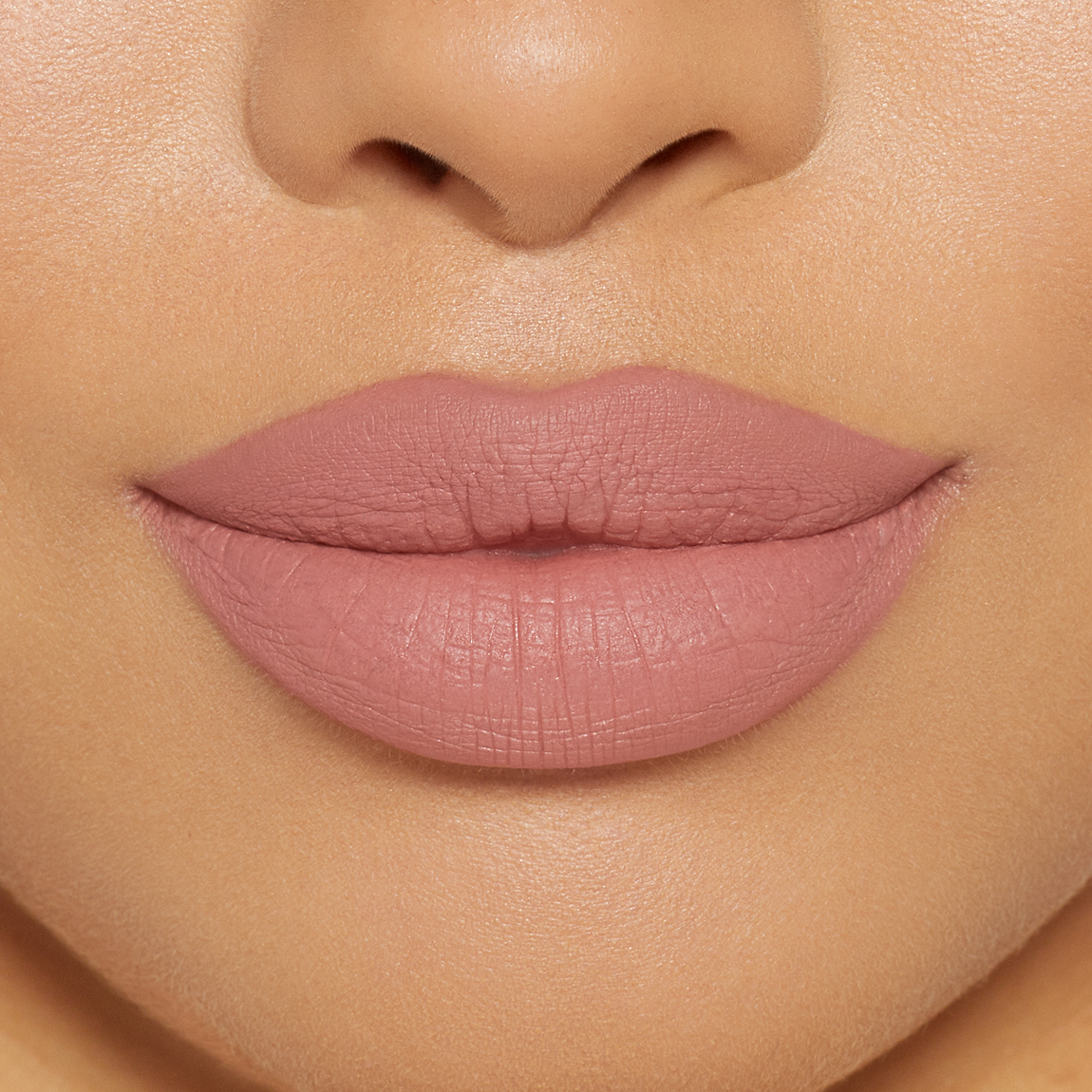Dyson Airwrap™ multi-styler Complete Long – Nickel/Copper
Re-engineered attachments for faster and easier styling. For hair that’s chest-length or longer. Engineered for multiple hair types. With new barrels to curl and wave in both directions, brushes to control and shape, and the multi-functional Coanda smoothing dryer to dry, smooth, and hide flyaways.
Re-engineered attachments for faster and easier styling
For hair that’s chest-length or longer
Engineered for multiple hair types
With new barrels to curl and wave in both directions, brushes to control and shape, and the multi-functional Coanda smoothing dryer to dry, smooth, and hide flyaways
Additional information
| Height | 10.7 in |
|---|---|
| Length | 1.6 in |
| Width | 1.9 in |
| Weight | 1.5 lb |
| Negative ions | Help reduce static |
| Power/Heat setting | 3 heat, 3 speed |
| Power | 1,300 W |
| Cable Length | 8.5 ft |
| Air Flow | 13.5 l/s |
| Voltage | 120 |












by Gurl
We received it a week ago and have been having fun ever since. I did a full on blow out for myself that saved me $40 at the salon. My daughter has been having fun with it too getting her hair dried quickly. So much time saved and my hair doesn’t feel like it was fried.
by Bessette
I purchased the air wrap in March and love it. Saved for a long time to get it. Now a new airwrap comes out that the barrel doesn’t has to be changed out. Also comes with the longer barrels. Not fair!!
by Alice
I love my Dyson! It’s so easy to use and use the interchangeable tools. The reason why I gave it 4 stars is because my hair won’t hold the curl. It fall out after about couple of hours. That would be my only concern with the Dyson.
by Steve
Takes time to learn but worth it – not happy that the longer barrels are a must and at an additional cost.
by Heather
I am looking forward to not having as much breakage as a curling iron or flat iron causes with daily use. And with the Dyson, my curls last for 4 days easily!
by Marcia
Unbelievably nice to your hair. Don’t give it a second thought. It’s worth every penny!